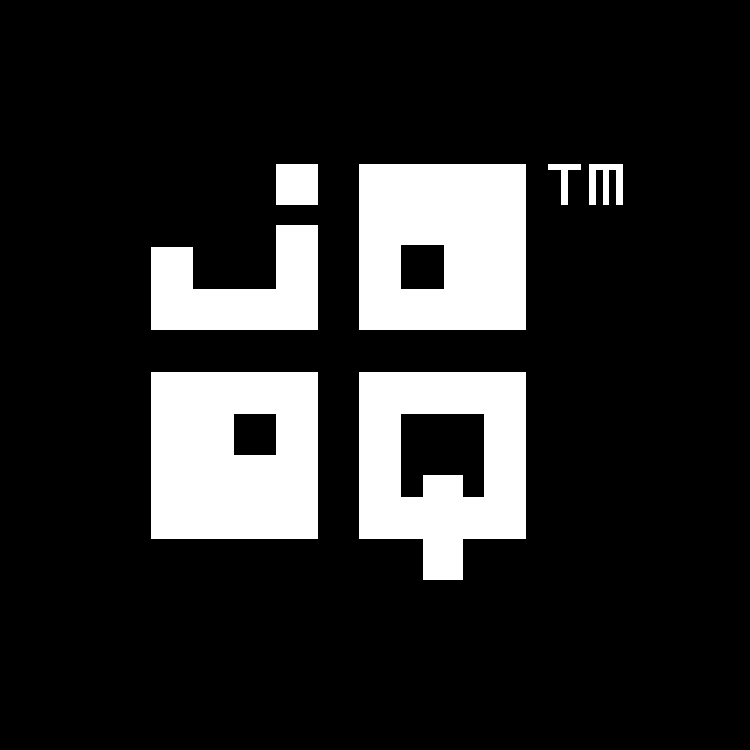Available in versions: Dev (3.21) | Latest (3.20) | 3.19 | 3.18 | 3.17 | 3.16 | 3.15 | 3.14 | 3.13 | 3.12 | 3.11
LATERAL
Applies to ✅ Open Source Edition ✅ Express Edition ✅ Professional Edition ✅ Enterprise Edition
LATERAL is a SQL standard table operator to wrap derived tables (or other table expressions, in some dialects), such that the tables and columns declared before the LATERAL derived table become in scope. See APPLY for an alternative, SQL Server specific syntax.
An example:
SELECT *
FROM
AUTHOR,
-- All previous objects (i.e. AUTHOR)
-- are now in scope for the following subquery
LATERAL (
SELECT count(*)
FROM BOOK
WHERE BOOK.AUTHOR_ID = AUTHOR.ID -- AUTHOR is in scope
);
DSL.using(configuration)
.select()
.from(
AUTHOR,
lateral(
select(count()
.from(BOOK)
.where(BOOK.AUTHOR_ID.eq(AUTHOR.ID)))
)
)
.fetch();
This is most useful for:
- TOP N per category queries, which are harder to implement otherwise
- Local column variables
- Calling table valued functions on a row-by-row basis
Dialect support
This example using jOOQ:
select().from(AUTHOR, lateral(selectCount().from(BOOK).where(BOOK.AUTHOR_ID.eq(AUTHOR.ID))))
Translates to the following dialect specific expressions:
Aurora Postgres, CockroachDB, DB2, Databricks, Firebird, Hana, MySQL, Oracle, Postgres, Snowflake, Sybase, Trino, YugabyteDB
SELECT
AUTHOR.ID,
AUTHOR.FIRST_NAME,
AUTHOR.LAST_NAME,
AUTHOR.DATE_OF_BIRTH,
AUTHOR.YEAR_OF_BIRTH,
AUTHOR.DISTINGUISHED,
alias_124651337.count
FROM
AUTHOR,
LATERAL (
SELECT count(*)
FROM BOOK
WHERE BOOK.AUTHOR_ID = AUTHOR.ID
) alias_124651337
SQLDataWarehouse, SQLServer
SELECT
AUTHOR.ID,
AUTHOR.FIRST_NAME,
AUTHOR.LAST_NAME,
AUTHOR.DATE_OF_BIRTH,
AUTHOR.YEAR_OF_BIRTH,
AUTHOR.DISTINGUISHED,
alias_124651337.count
FROM AUTHOR
CROSS APPLY (
SELECT count(*)
FROM BOOK
WHERE BOOK.AUTHOR_ID = AUTHOR.ID
) alias_124651337
ASE, Access, Aurora MySQL, BigQuery, ClickHouse, Derby, DuckDB, Exasol, H2, HSQLDB, Informix, MariaDB, MemSQL, Redshift, SQLite, Teradata, Vertica
/* UNSUPPORTED */
Generated with jOOQ 3.21. Support in older jOOQ versions may differ. Translate your own SQL on our website

Feedback
Do you have any feedback about this page? We'd love to hear it!